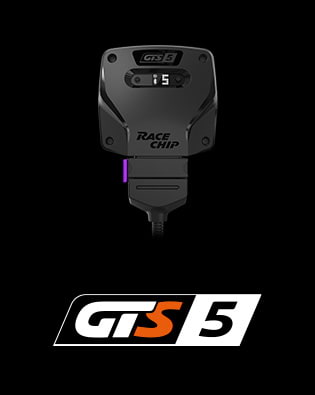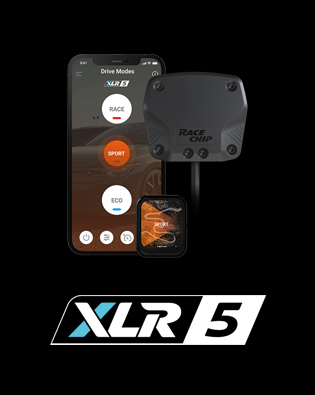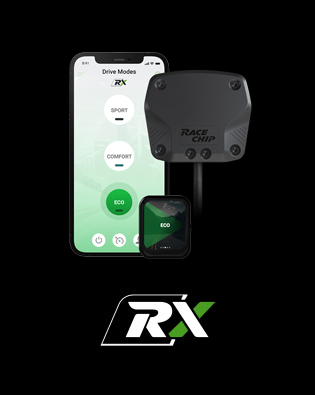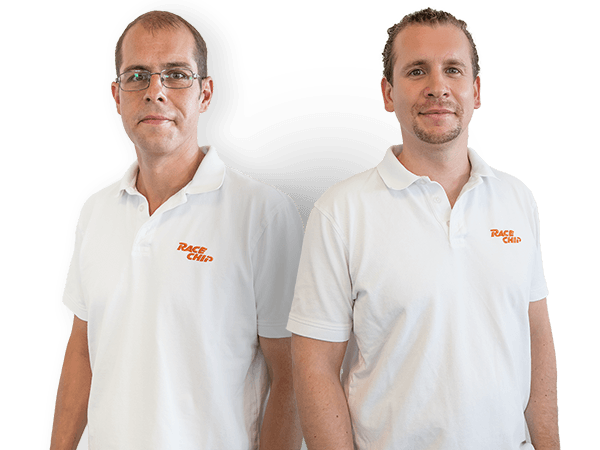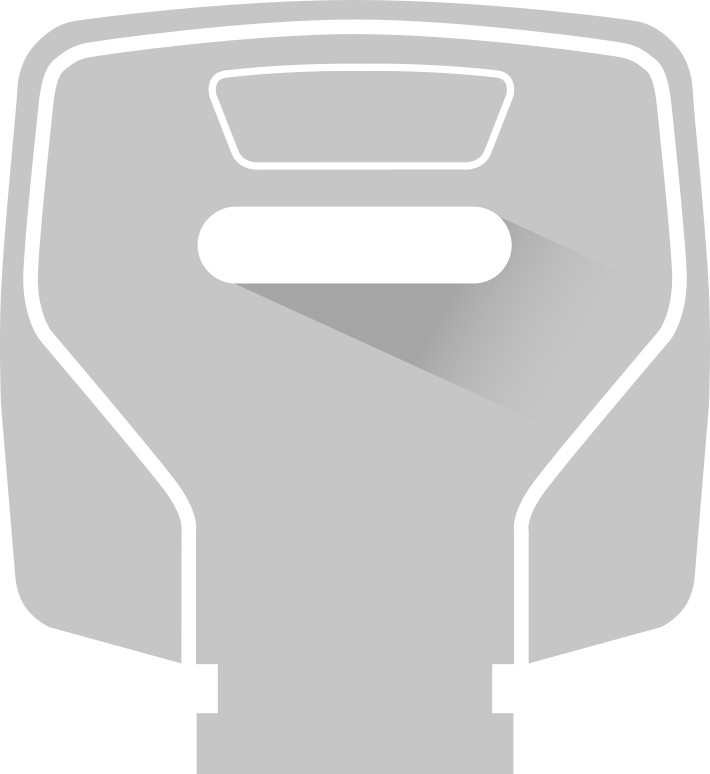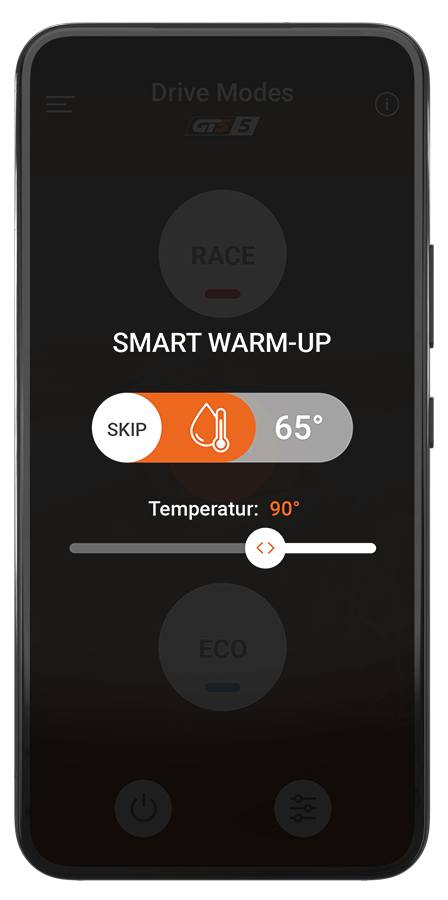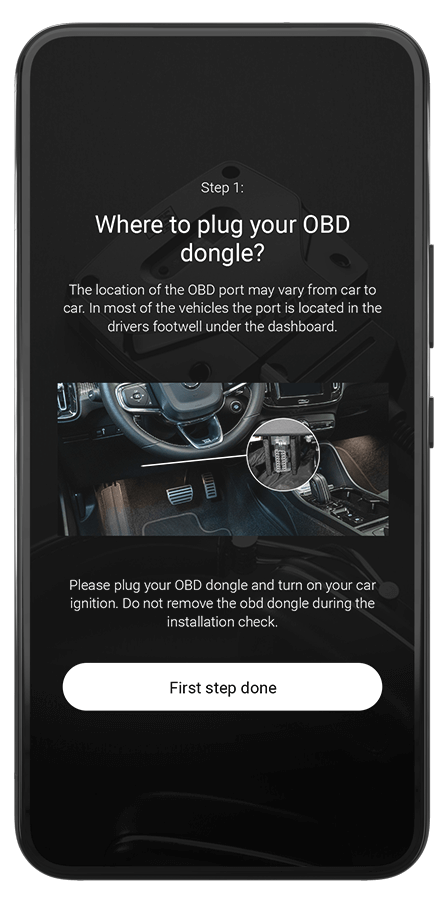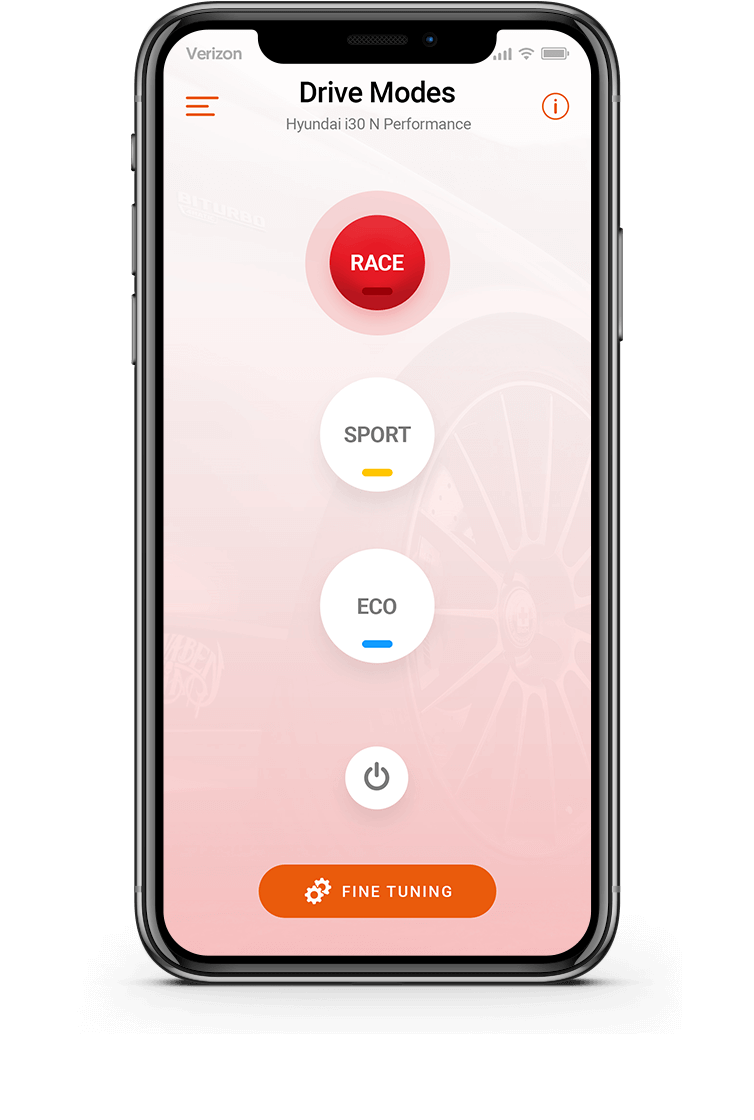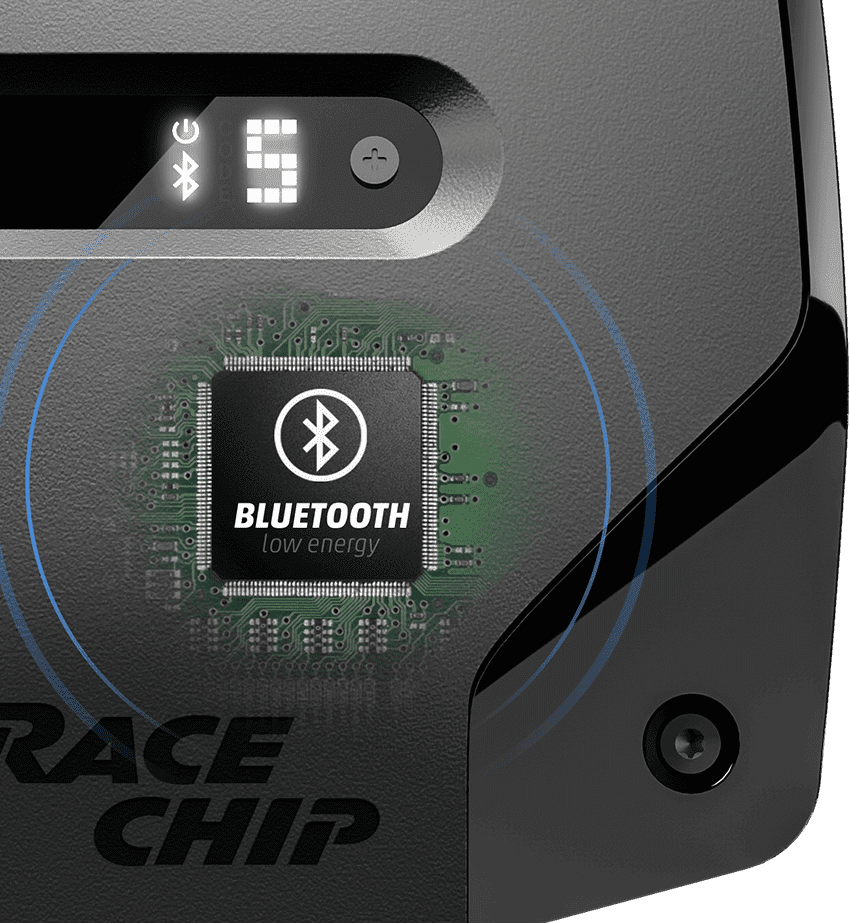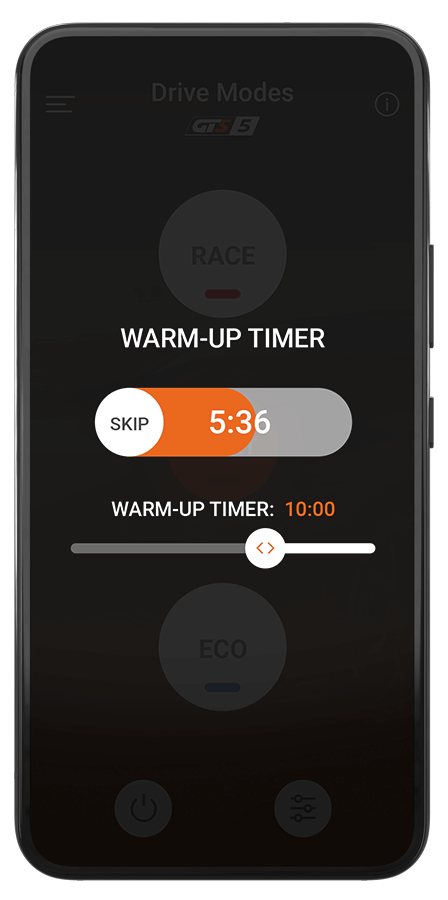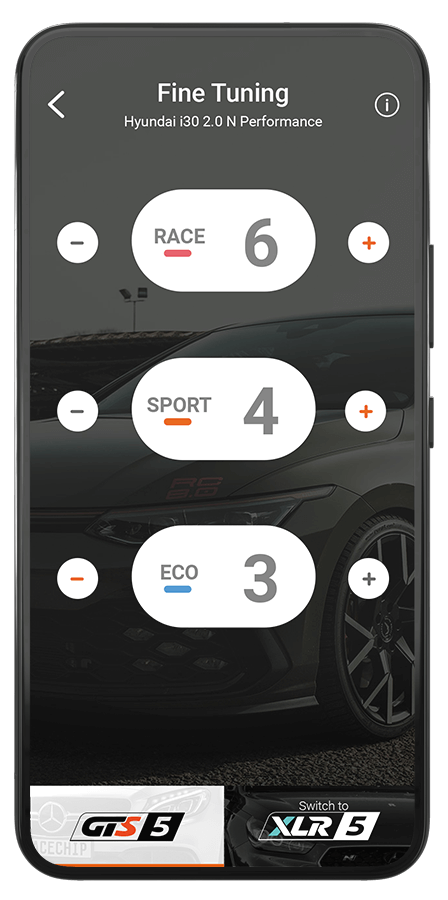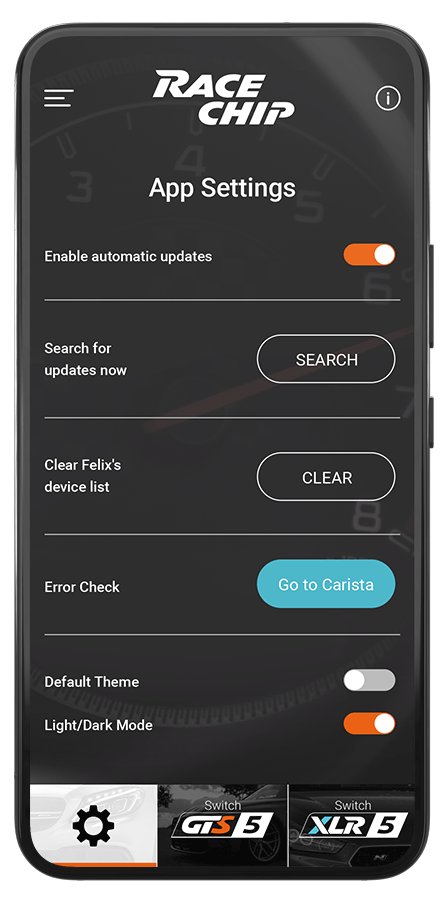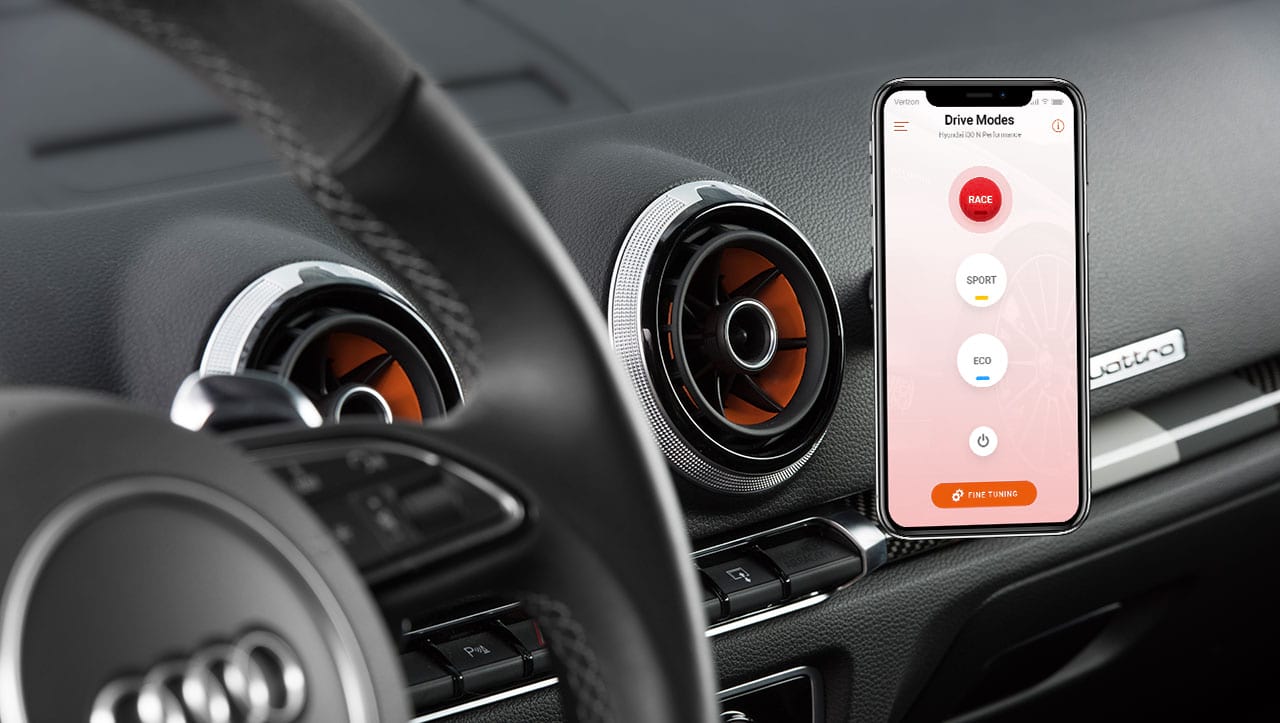The RaceChip chip tuning lexicon
All the important terms regarding electronic performance enhancement explained

Have you ever wanted to know exactly how the common rail technology in your diesel works or what precisely charging-airpressure means? Then you've come to the right place.
Learn about all the important terms regarding chip tuning, engine technologies and engine electronics – all in alphabetical order. Our chip tuning dictionary is constantly updated and expanded, so check back frequently – it's worth a look.
Do you have a specific question about our products? FAQs & CUSTOMER SUPPORT
-
Common rail technology
Common Rail technology is used today in most turbo-charged diesel direct injection engines. The central feature of this technology is that a high pressure pump is used to generate pressure that is used to inject diesel directly into the combustion chamber with the injectors. This pressure is generated centrally for all injectors and is then sent accordingly to each one. This creates a very good fuel-air mix for injection.
-
Direct injection engine (charged)
The discovery of the combustion engine ushered in the age of the automobile. Since then, engines have developed enormously but still follow the basic function of the original combustion engine. A mix of fuel and air is ignited in a combustion chamber and the energy released by the controlled explosion generates kinetic energy. Today, there are two basic variations of combustion technology: non-turbo-charged engines (called aspirated engines, which are still used in several petrol engines) and turbo-charged piston engines (compressors and turbo-charged engines; modern diesel motors are based on this technology and, increasingly, petrol engines to further increase fuel efficiency). For non-turbo-charged engines (aspirated engines), the pistons create low pressure in the intake system, into which the air then flows. With increasing RPMs, this low pressure is insufficient to feed the maximum possible amount of air or fuel-air mixture into the combustion chamber and limits the power that the engine can achieve. To counteract this, you can add additional valves on the cylinder. If more combustion air is needed in the cylinders, then these valves are filled with high pressure. The cylinders are charged with a turbocharger or compressor. Direct injection means that the fuel is injected directly into the combustion chamber via a fuel injector, where it is then mixed with the air.
-
Injection amount
The amount of fuel injected into the combustion chamber, i.e., into the cylinder. The optimal quantity depends on various factors such as the current engine RPM.
-
Injection system
A system responsible for injecting fuel into the engine's combustion chamber (cylinder).
-
Boost pressure
Generally one of two technologies are used in “turbo-charged“ engines: a turbocharger or a compressor. Both fulfil the same need, namely condensing or compressing the air supplied to the engine. By pre-condensing the air and due to the resulting pressure increase, the amount of air supplied to the combustion chamber/cylinder increases. This provides a better fuel-air mix in the cylinder, which considerably increases the amount of energy released through combustion and influences the engine's power accordingly.
-
Boost pressure sensor
Measures the current boost pressure and transmits this data to the ECU. The ECU then calculates the necessary boost pressure as well as the engine's charge state.
-
Injection pressure
The injection pressure is the amount of pressure with which the fuel is injected into the system. This pressure varies greatly between petrol and diesel engines and is also dependent upon the injection system type used in these types of engines. For example, a modern Common Rail diesel engine injects with pressures up to 2,300 bar. In contrast, a direct injection petrol engine uses only around 200 bar. The pressure at which the fuel is injected has a direct influence on the power as well as on the engine's fuel consumption and efficiency. The higher the injection pressure, the finer the nebulisation and the more efficient the combustion within the cylinder.
-
Air mass sensor
Measures the quantity of air supplied to the engine. Depending upon the engine, the temperature and pressure are also measured. This makes the air mass sensor one of the most important sensors in the engine compartment. The data gathered here serve to control a number of processes via the ECU.
-
Pump-nozzle injection technology
For diesel engines based on pump-nozzle injection technology (this technology was used up to around 2009 and was often used by the Volkswagen Group, for example), the injection pressure is generated at each cylinder. In the Common Rail technology primarily used today, a high pressure pump is used for injection, which supplies the pressure to all of the injectors. For one, this technology allows for a better fuel-air mix and is also much less expensive for the car manufacturers. The pump-nozzle injection technology is also a form of turbo-charged direct injection.
-
Intake manifold pressure
Measures the current pressure in the intake manifold (behind the throttle valve) and transmits information to the ECU.
-
Diesel particulate filter (DPF)
The diesel particulate filter (DPF) is a device that reduces the number of particulates emitted from diesel engines. RaceChip chip tuning is designed to be used with all types of diesel particulate filters.





